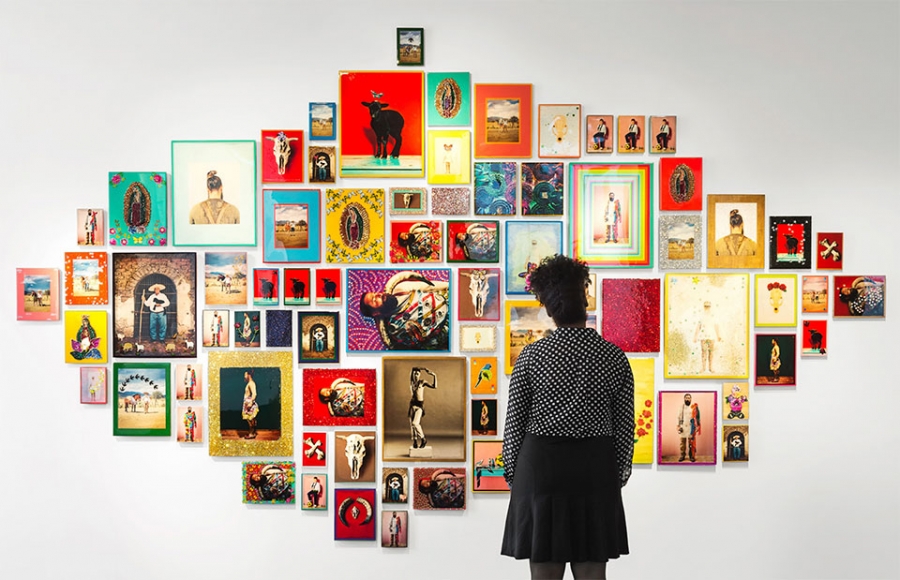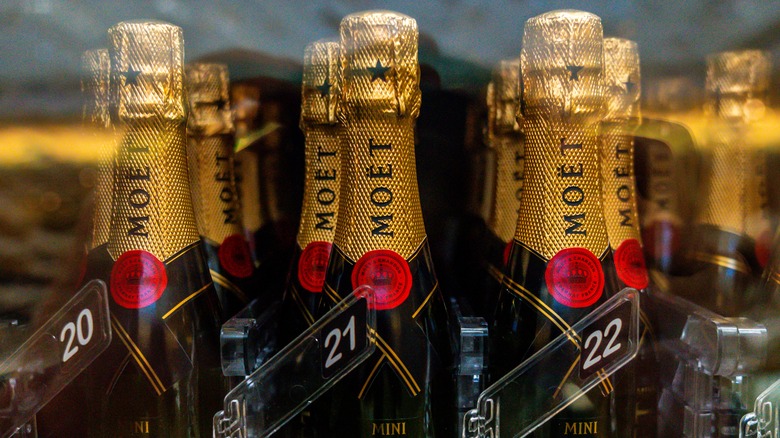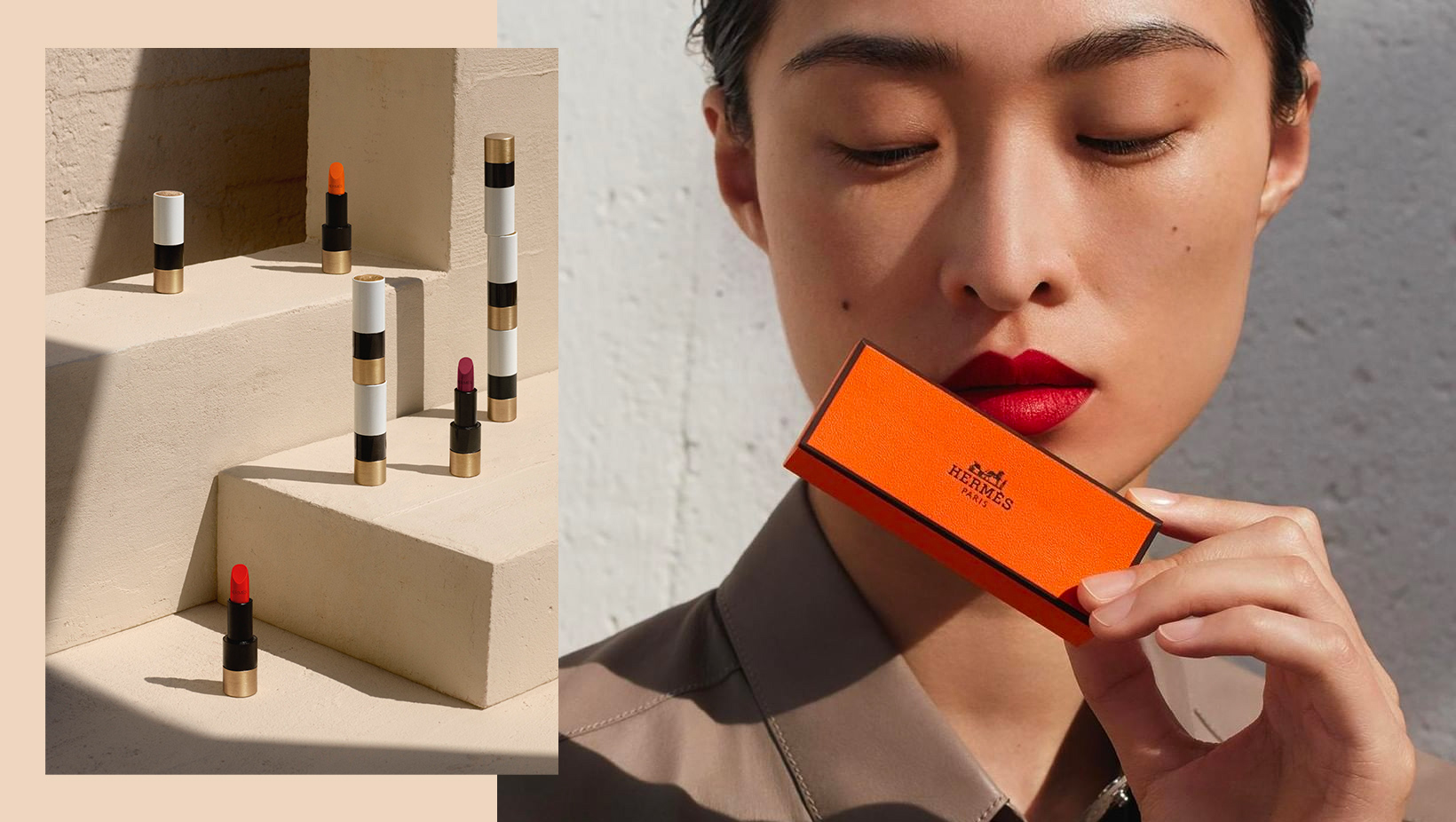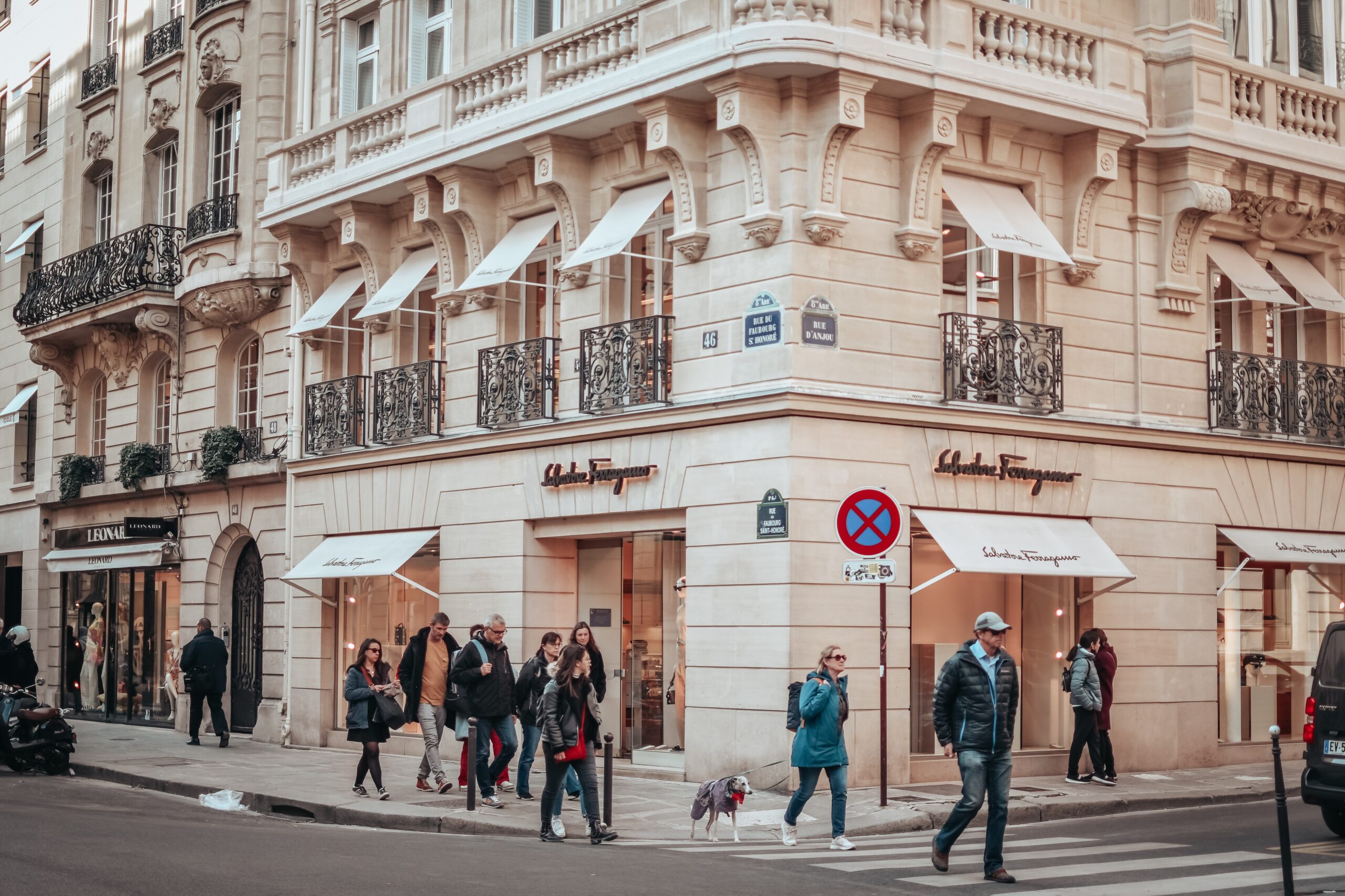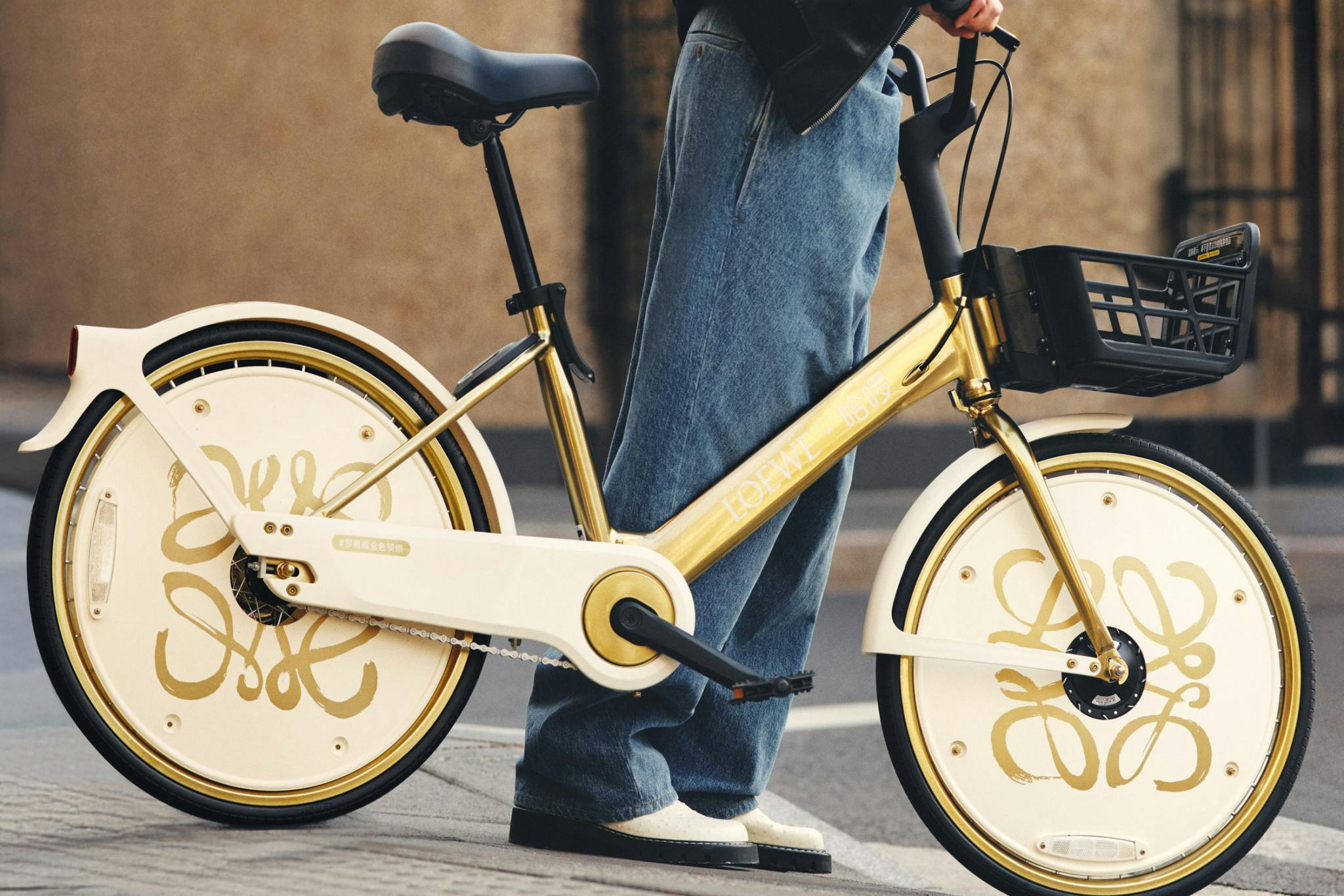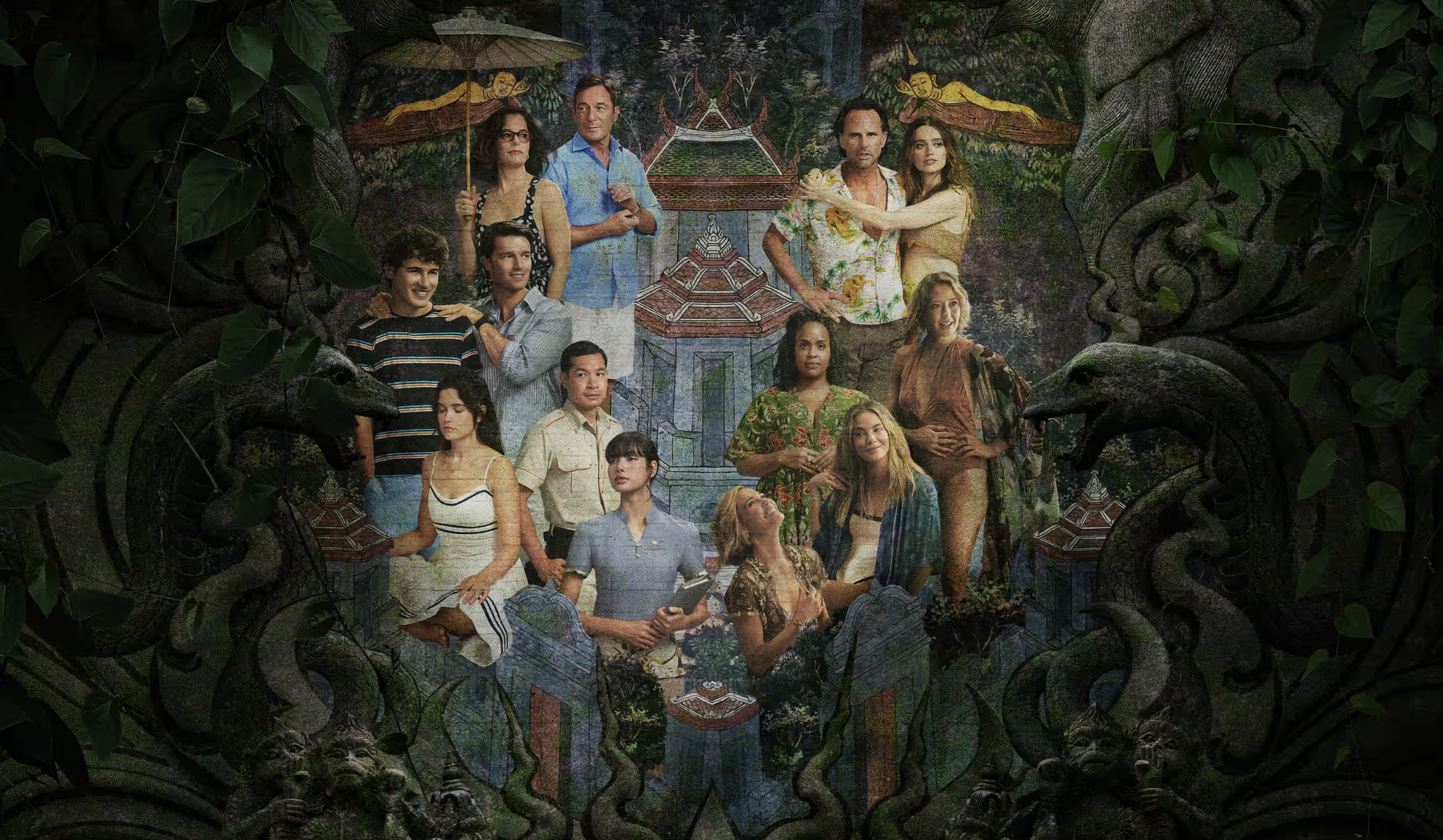Old Glamour, New Delight: Tiffany’s Recipe for CX Magic
The art of reflection helps us associate a period or a place with sentiment or affection which evokes warm emotions, a sense of comfort and longing. Even when its bittersweet, there’s a tinge of sadness reminding us of moments that have passed and cannot be relived.
Meaning and memorability is enhanced by nostalgia. Not only do we crave higher than surface level connections, we also associate both good and bad memories with it’s current environment. I can literally still smell the sweet aroma of cocoa notes from my grandmother’s kitchen every time I remember her making chocolate pudding from scratch. Seeing chocolate pudding in any form, anywhere, envelopes me in this scent as well. We all have that one memory that brings us back to another time.
Think about it…
To consumers, nostalgia is a vehicle and brands that deploy it correctly win their hearts and loyalty. In a crowded market, nostalgia creates belonging and differentiates a brand’s products or services making this connection hard to replicate by competitors.
Empire State of Mind & Culture
Every city in the world has its own story, but let’s take New York as an example. When I think of NYC, I automatically associate things like a big red apple, skyscrapers (specifically the Empire State Building or the pre-9/11 skyline), yellow taxi’s, Times Square with it’s LED screens, old school deli’s, diners and pizza joints with red checkered tablecloths.
I remember those disgusting $1 hot dogs from the street carts, quarter pay phones on almost every corner, newsstands with glossy mags, striking brownstone walk-ups and fire escapes with hanging laundry.
I remember the glamorous 2000’s era showcasing our fashion-forward, fabulous playground filled with Cosmopolitans, Manolos and a bit of “Sex and The City.”
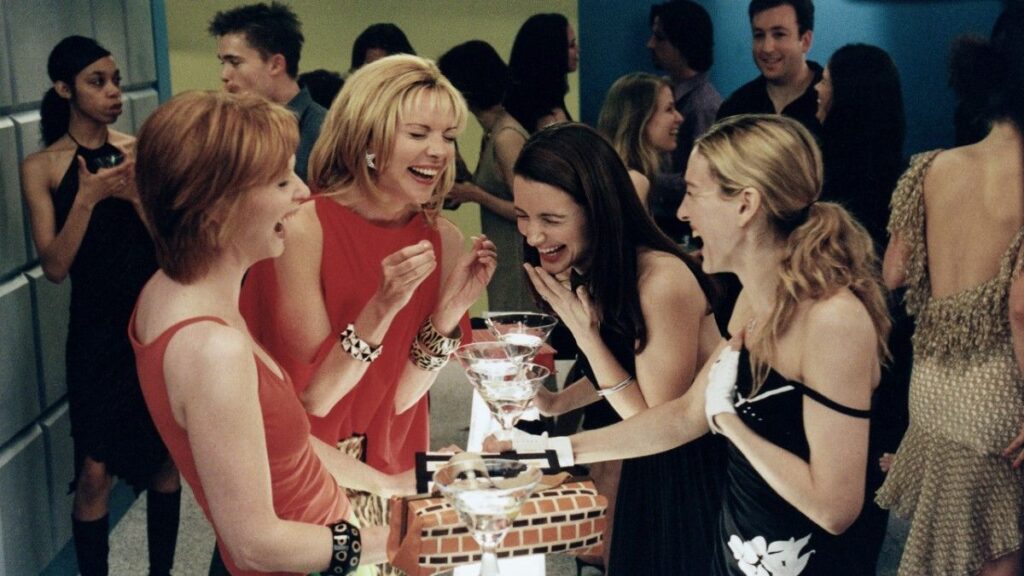

I remember flicking on the comical and classic series “Friends” where strangers shared more than just apartment space. Shows like these two have become baked in the DNA of what New York truly represents.
And it’s with understanding the New York lifestyle deeply (or any culture that you’re building for) that allows us to craft especially intoxicating and rich stories and experiences for consumers.
“The city of dreams,” they call it, and “the heart of the American dream,” is why people come from all over the world to chase their golden ideas in the one-of-a-kind big apple. The notion that you can become anyone in New York is one of the most powerful and enduring aspects of New York nostalgia. All of the raw ingredients of aspiration are included: myth, ambition, reinvention and identity.
A Star Is Made (Not Born)
First there was Tiffany & Co (in 1837), then came the whimsical Breakfast at Tiffany’s (released in 1961), and 56-years later, The Blue Box cafe (opened in 2017) has arrived carrying an endless bit of this nostalgia; a collapse into something cinematic and hauntingly beautiful.
To unpack this is to understand that every little detail is a necessity when planning for customer experience design. Because delivering a truly wonderful customer and guest experience comes from paying careful attention and providing smooth service from beginning to end.
Breakfast at Tiffany’s was created based on the idea of the American dream, and Holly Golightly (Audrey Hepburn), is the poster child of reinvention.
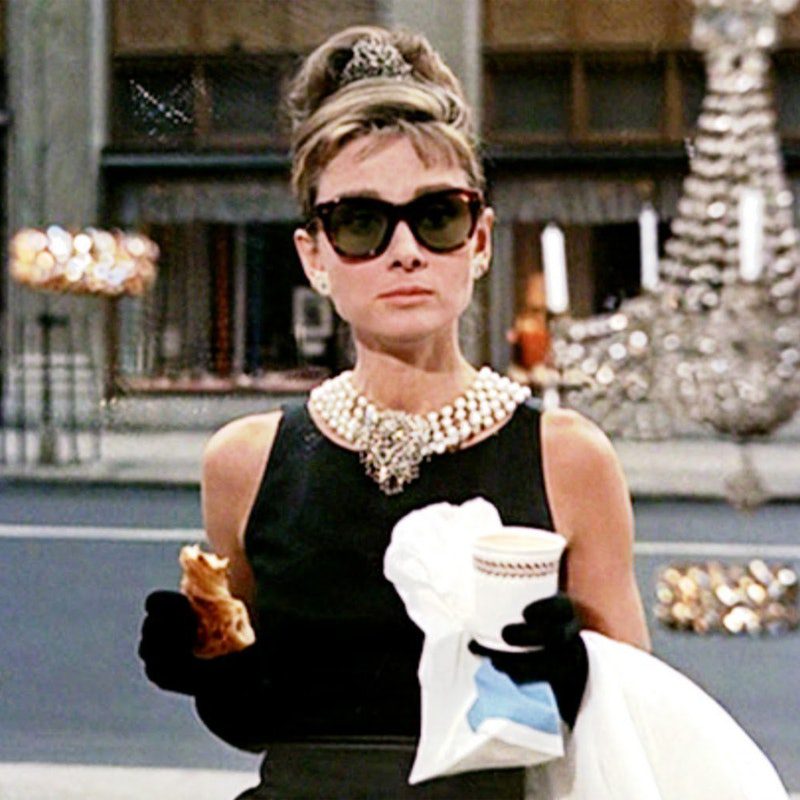
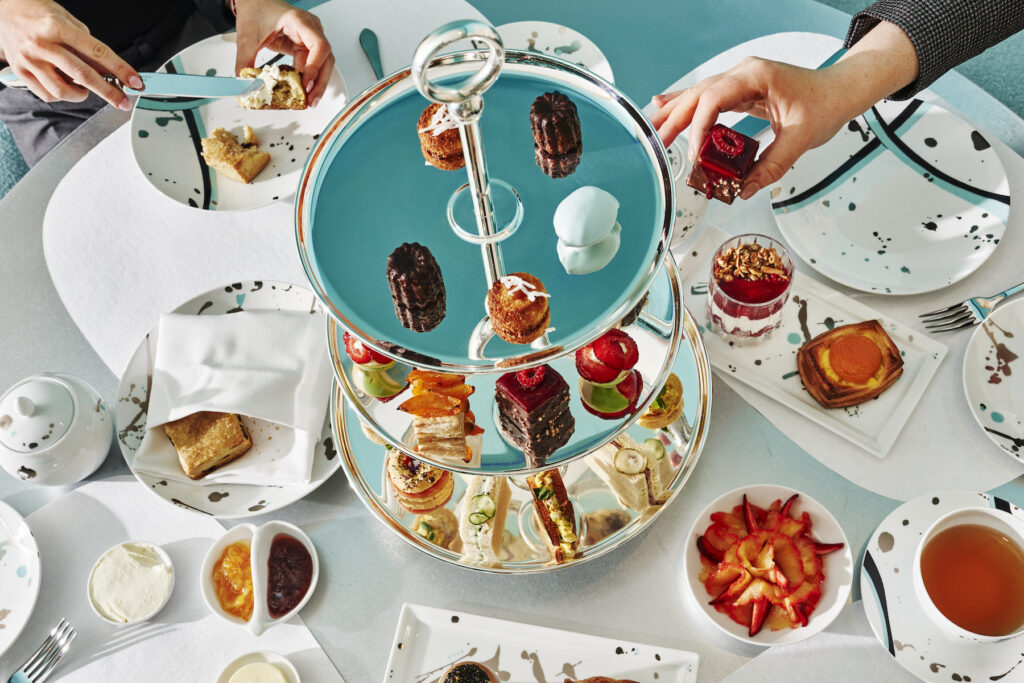

Inside the turquoise-minty blue head-to-toe curated Blue Box Cafe, you will find inspiration all the way through. Enjoy one of the two branded meals to start:
- ”Breakfast at Tiffanys” – croissant, egg in a shell, madeleine, parfait and a glass of Golightly
- ”Holly’s Favorites” – croissant, jam, fresh juice, coffee, or chocolat chaud (hot chocolate)
But what’s truly inspirational are the lengths The Blue Box cafe went into to include The New York lifestyle and the Breakfast at Tiffany’s movie across all five senses:
- Sight – an atmosphere of elegance featured shades of Tiffany blue and stylish decor to capture the essence of sitting in your very own “Blue Box.” The signature shade is everywhere: walls, chairs, china, even the cappuccino foam! The color becomes the visual identity and triggers emotions of luxury and romance. Crisp table settings and minimalist elegance mirror the refined fantasy of Fifth Avenue.
- Sound – a soundtrack of sophistication from a barely-there playlist sets the mood. Think jazz, piano, and subtle ambient music, even if “Moon River” is playing in your mind or not.
- Smell – the scent profile is elegant and approachable. A delicate blend of white florals or iris paired with the aroma of fresh pastries and brewed coffee.
- Taste – a modern elevated twist on Breakfast at Tiffany’s includes croissants, smoked salmon, fine teas, all served in blue-rimmed porcelain. Iconic menu items like Breakfast at Tiffany’s and Holly’s Favorites steal the spotlight.
- Touch – smooth marble tables, velvet upholstery and fine china with weight are tactile luxury.
—
Cultural iconography & nostalgia can be found within the confines of The Blue Box cafe atop the landmark Tiffany & Co where hospitality marries retail and they live happily ever after.
This is one of those incredible accidents, where the story just flowed, it just “happened.” One inspiration led to the next. Consumer demand shifted and opened an opportunity to a new concept, a brand new revenue generator.
But retail, hospitality and luxury lifestyle brands don’t have to wait for potential. They can create their very own bit of experience from understanding their brand story, the environment, cultural nuances, trends in consumer demand and the future forecast to form their best ideas before they are laid into the greatest plans.
Brand experiences come and go but blended concepts are here to stay. A place where products are fueled by the experience and vice versa.
If you’re dreaming of a concept that blends emotion with elegance, nostalgia with now, let’s bring it to life.
Your “Tiffany’s moment” isn’t a copy. It’s a world of your own, waiting to be imagined.
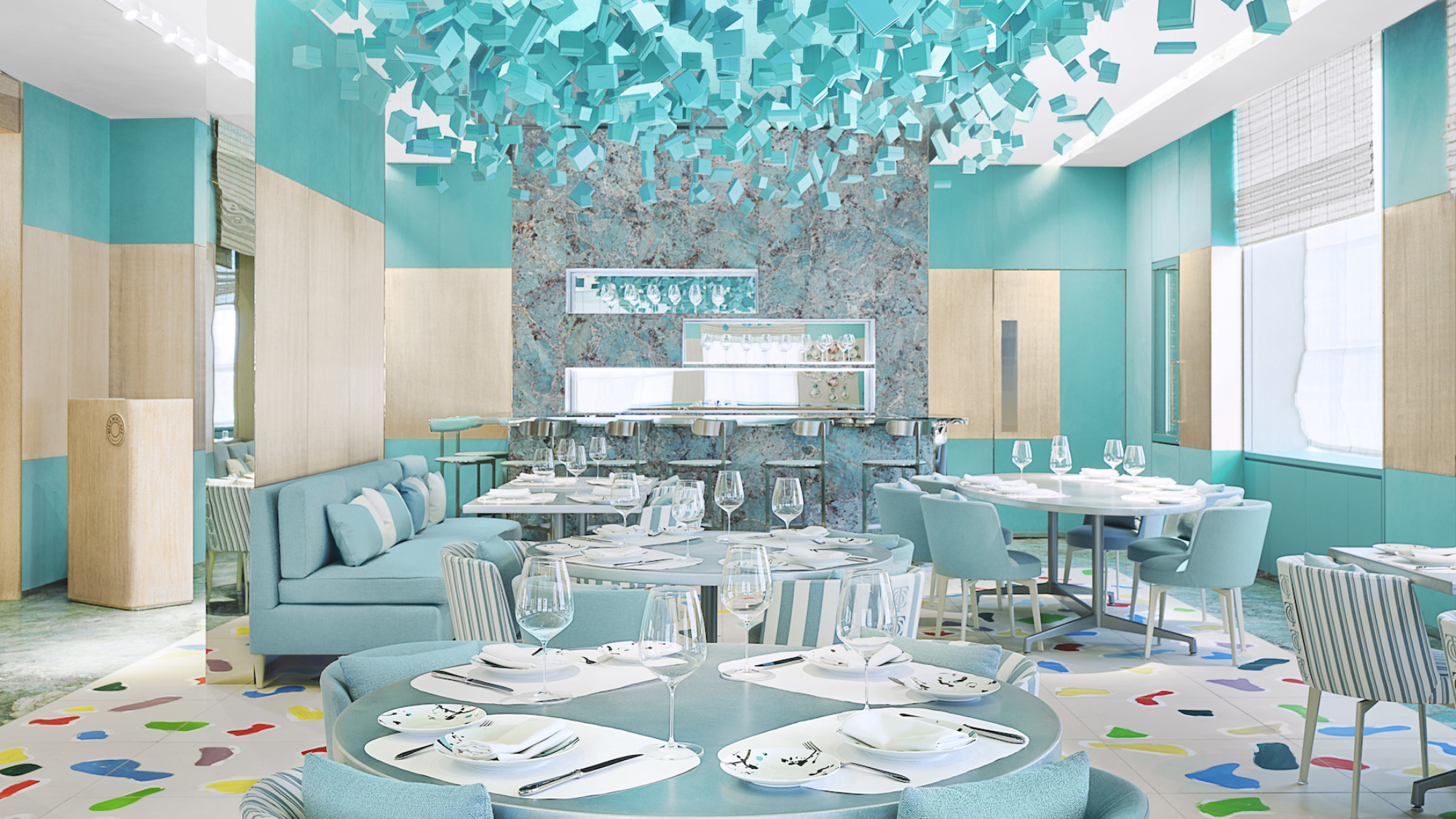
Almost there!
Be the first to know
about all the exciting news at Magnatist!
Thank you for leaving your email. We'll keep you updated!

